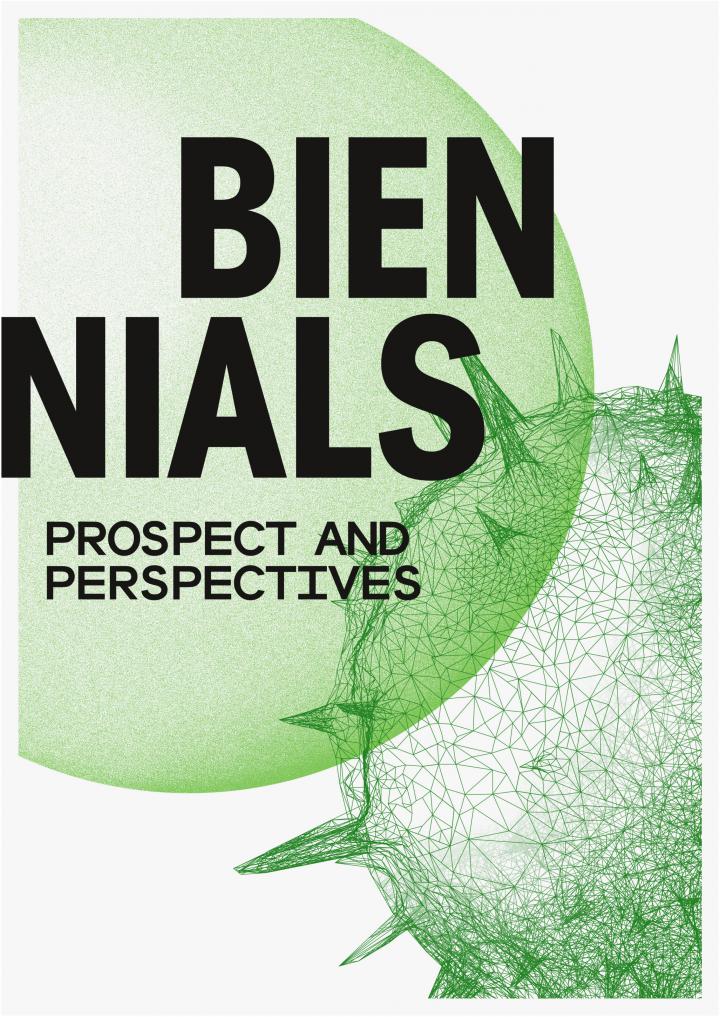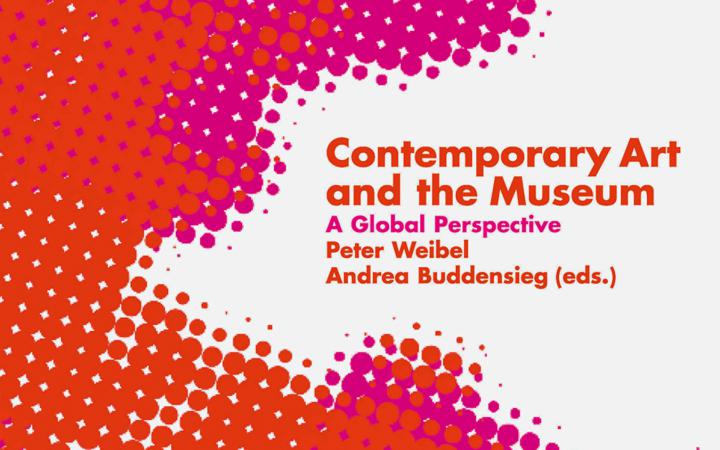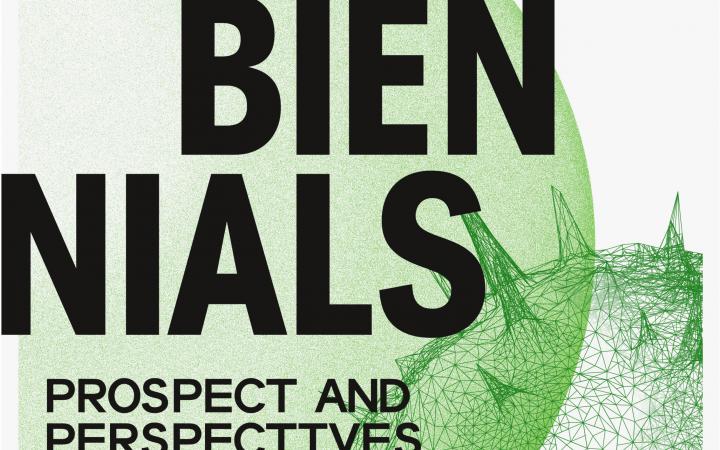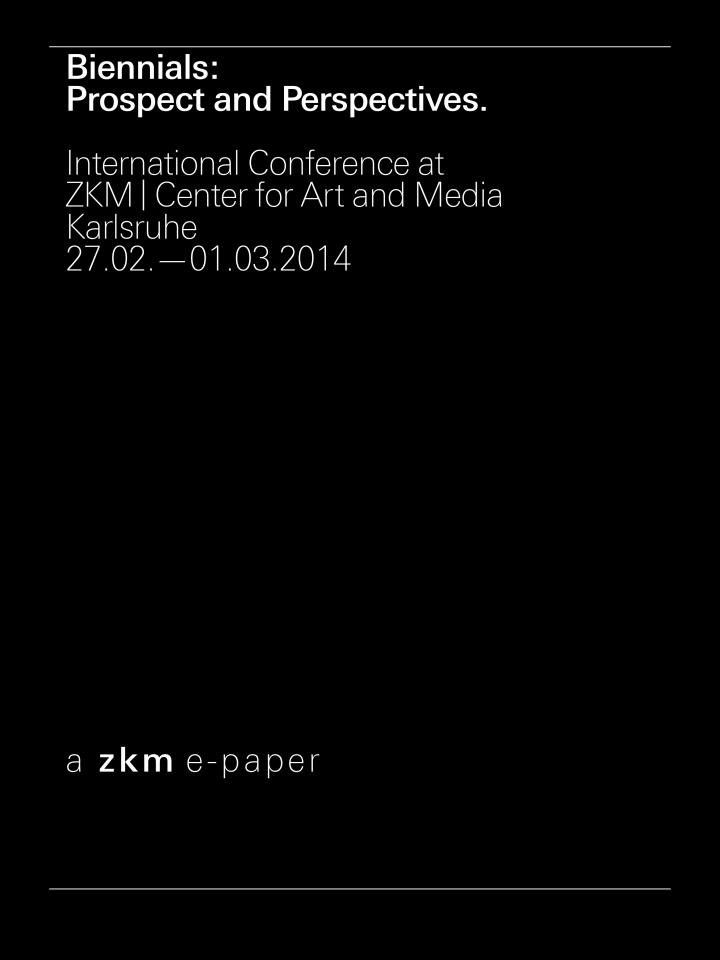Biennials: Prospect and Perspectives
International Conference at ZKM | Center for Art and Media Karlsruhe 27.02.—01.03.2014

- Type of publication
- Conference proceedings, e-paper
- Author / Editor
- Andrea Buddensieg, Elke aus dem Moore, Peter Weibel (Eds.)
- Publishing house, place
- ZKM | Zentrum für Kunst und Medien, Karlsruhe
- Year
- 2015
- Content
- As part of the theoretical foundations of GLOBALE, ZKM, in cooperation with ifa (Institute for Foreign Cultural Relations), has organized a large-scale conference with approx. 40 curators who seismographically record and reflect the process of transformation triggered by globalization. The event’s objective is to sound out the potential of such large-scale events following almost three decades of biennialization. The conference forms part of the series »Biennials in Dialogue«, which ifa has been realizing with cooperation partners since 2000. Previous conferences took place in Kassel, Frankfurt am Main, Singapore, and Shanghai. As one of the leading actors in international art exchange, with this series of events ifa gives impulses to the scientific encounter with biennials, as well as to the international discussion around the modes of contemporary exhibition formats. The striking spread of the biennial structure has brought about a multiplicity of concepts and discourses. While the biennial system is frequently criticized as a purely marketing instrument, it also provides a space for the critical encounter with political and social issues, for which existing institutions often provide no space. Clearly, the number of biennials has grown exponentially as a means of offsetting the pressure of selection produced by the art market. A multiplicity of art is produced worldwide, the platform of which is not the market and the museum, but the biennial.
The conference focusses on five core themes: the opening section entitled “Biennials and Public Space”, discusses art as public sphere and new public conceptions. The selection “Biennials as Motor for Social Change” seeks to examine the potential influence of biennials on the transformation of society and politics, and to investigate whether this question can be adequately answered. A further section is dedicated to the theme entitled “The Dynamics of Biennials and the Role of Its Actors (Curators, Artists, Organizers and Public)”. In the past, for example, the increased spread of biennials has decisively strengthened public perception among curators. Have there been similar effects on other actors, such as artists or the public? The “Chances and Limitations of Biennials in the Context of Marketing and Policies” is given over to the question as to the way in which biennials deal with demands, such as urban development, location, marketing, and political ambitions. The concluding discussion, “Alternatives/Open Spaces“ is concerned with alternative biennial models, which point to new visions for the future of biennials.
> Download the e-paper publication - Language
- English
- Description
- 185 pp., e-paper
- ISBN
- 978–3–928201–50–6
About the editors
Documents
-
2015 - publication - Biennials: Prospect and Perspectives
Proceedings of the International Conference »Biennials: Prospect and Perspectives« at ZKM | Center for Art and Media Karlsruhe 27.02.—01.03.2014




